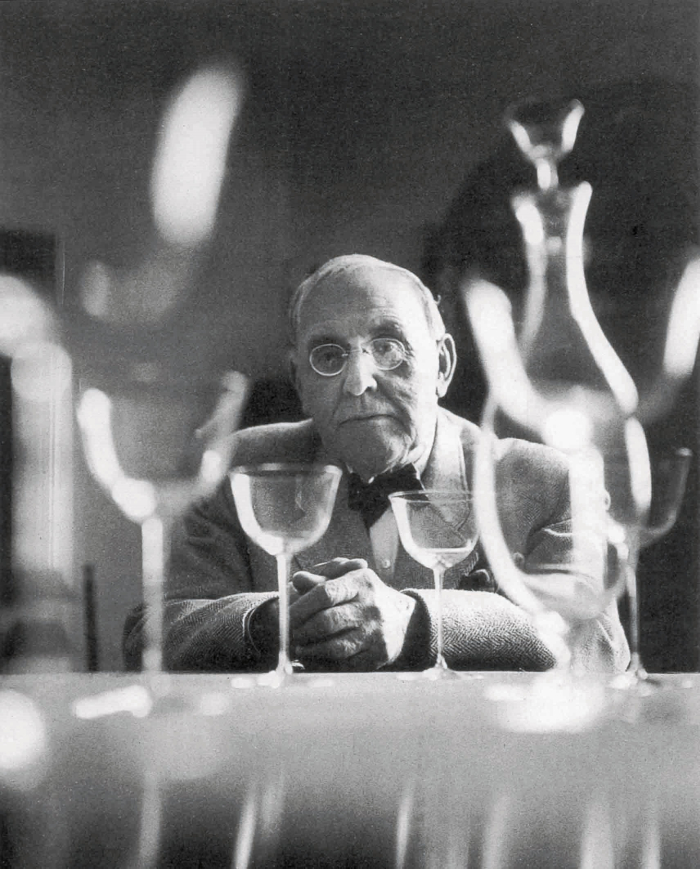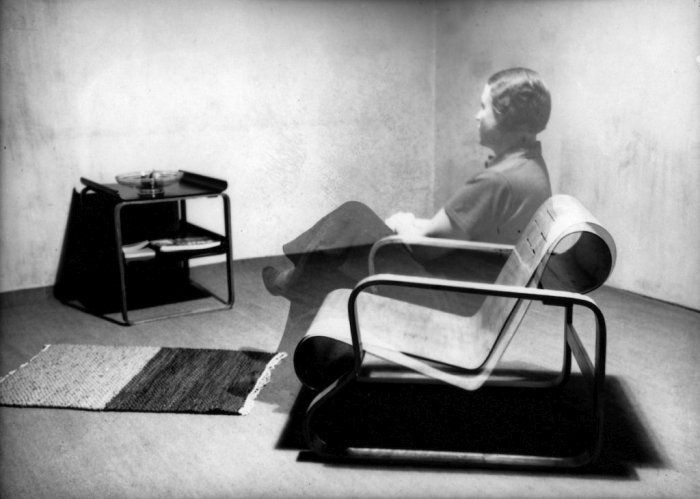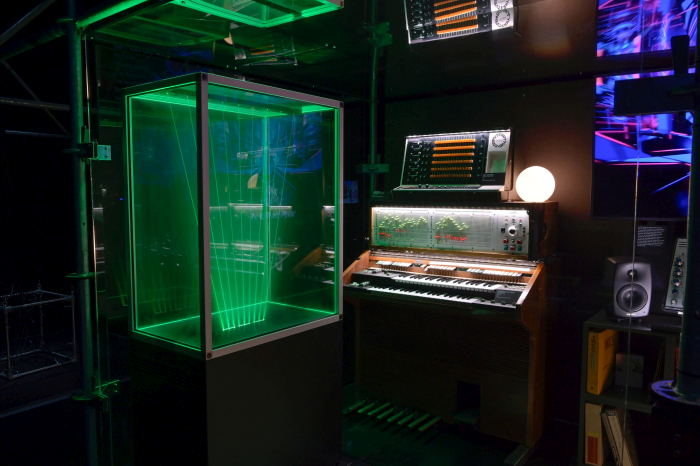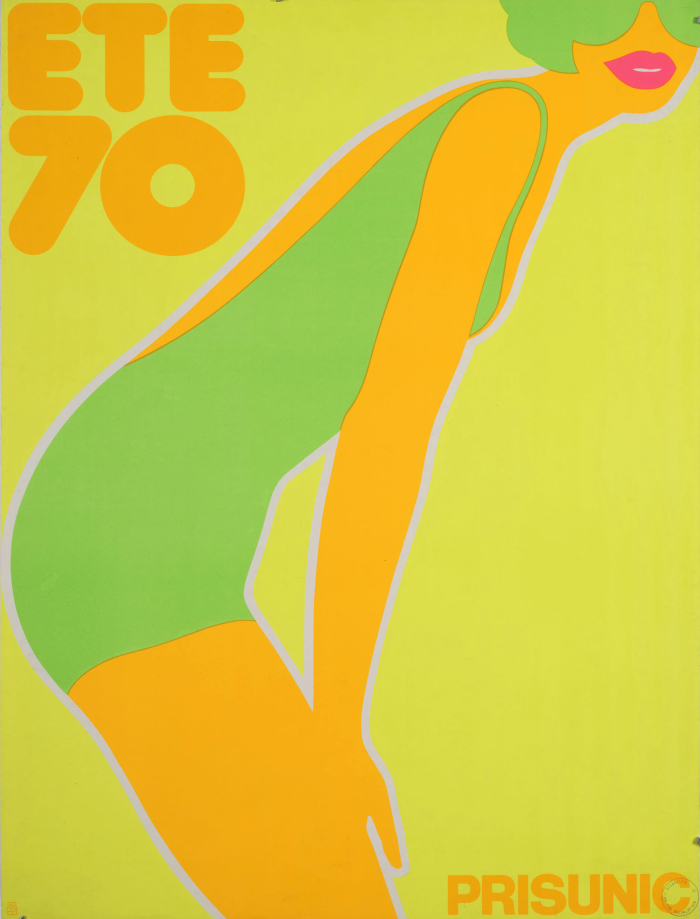In 1922 the Scottish novelist J.M. Barrie told the undergraduates at St. Andrews University "you remember someone said that God gave us memory so that we might have roses in December", an allusion to the summer of your life filling your darkening winter days with colour and aroma, and an analogy he neatly reinforces a little later with a, "you have June coming".1
But that was 1922. Roses were seasonal. Today roses are available all year round, which is not only symbolic of the short-sighted idiocy with which we're intent on destroying our planet, but also means the rose has been reduced from a metaphor that can be so poignantly and joyously employed as Barrie did, to a cheap, stereotypical, derivative trope devoid of real meaning.
Not that a century later we can't all do things to ensure that as we progress down life's highway, as we all approach our own, personal, December, we do so with our emotional and mental capacities fully stimulated and finely honed. Amongst the most rewarding method of which is the regular visit to architecture or design exhibitions: spaces, experiences, whose intellectual and cultural stimulation and nourishment mean that it can be forever June.
Our five new Junes blooming forth in the non-metaphoric December 2021, can be found in Vienna, New York, Düsseldorf, Kanazawa and Paris.
And as ever in these times, if you are planning visiting any exhibition please familiarise yourself in advance with the current ticketing, entry, safety, hygiene, cloakroom, etc rules and systems. And during your visit please stay safe, stay responsible, and above all, stay curious……

Born on December 15th 1870 in the contemporary Brtnice, Czech Republic, Josef Hoffmann is and was without question one of the more important protagonists in the development of European architecture and design in the late 19th/early 20th centuries; and that not only on account of what he himself realised, important as that is, nor only through his teaching, important as that is, but also through his work in mediating, one could say popularising, the developing positions of the periods in which he was active.
Promising a presentation of over 1,000 objects from across the genres in which Hoffmann was active, including architecture, interior design, product design and exhibition design, and featuring both well known projects and moments and also little known, and a great many previously unseen, projects and moments, Progress Through Beauty should provide not only for a fulsome Josef Hoffmann retrospective worthy of his contribution to developments in architecture and design, but for all allow for new insights into Hoffmann's oeuvre and contribution; should allow for differentiated approaches to Hoffmann's oeuvre and contribution, which should not only allow for a more complete understanding of Josef Hoffmann's relevance and legacy, but also allow for more complete understandings of the development(s) of architecture and design.
Josef Hoffmann: Progress Through Beauty is scheduled to open at the MAK – Museum für angewandte Kunst, Stubenring 5, 1010 Vienna on Wednesday December 15th and run until Sunday June 19th. Please check the MAK website for current information regarding opening times, ticketing and safety/hygiene regulations.

While it is without question still waaaayyyyyy too early to meaningfully evaluate the consequences of what we have all experienced in these months past, and will continue to experience in these months coming, what appeals to us about Design and Healing at the Cooper Hewitt, Smithsonian Design Museum, is the promise that it will place architectural and design responses to Covid in context of architectural and design responses to previous, and in some cases still ongoing, public health crises.
Based around three chapters which aim to explore the methods of distribution of pathogens, the design of PPE and medical solutions to help the afflicted in context of architecture and design, three chapters sandwiched between more artistic reflections on pandemics, a key component of Design and Healing will be a focus on what one could refer to as un-industrial solutions, to those projects developed by individuals of varying backgrounds as their way of contributing to attempts to understand, to manage, to respond to the developing pandemic and the varied, ever new, problems it causes. Un-industrial solutions in terms of Covid most popularly represented by the myriad 3D printing projects developed by private individuals in their own time and which empowered all to create their own tools, to create their own response, but which, as Design and Healing should allow us all to better understand, have always been a component of responses to health emergencies. Are a contemporary expression of a long established phenomenon.
And thereby a discussion on architectural and design responses to public health crises undertaken with historical perspectives, parallel to the ongoing responses to Covid, which can allow for a differentiated context in which to reflect on not only where we are, but where we're likely to be going forward. And what we can, should, must take with us from both the months past and the decades past as we move into the years coming.
Design and Healing: Creative Responses to Epidemics is scheduled to open at Cooper Hewitt, Smithsonian Design Museum, 2 East 91st Street, New York, New York 10128, on Friday December 10th and run until Monday February 20th 2023. That's 2023. Please check the Cooper Hewitt website for current information regarding opening times, ticketing and safety/hygiene regulations.

While one could accuse the Kunstpalast Düsseldorf of deliberately including Düsseldorf's most famous electronic music protagonists in their forthcoming exhibition's title for commercial reasons.... Kraftwerk were in the title when Electro was initially staged at the Musée de la Musique - Philharmonie de Paris in 2019, and where, not uninterestingly, the timeline went not to Techno but to Daft Punk. And went to The Chemical Brothers during Electro's 2020 presentation at the Design Museum London.
And in neither Paris nor London nor Düsseldorf did or does Electro start in the late 1960s, but rather tells the tale of electronic music since the 1920s; tells the tale of a century of innovation and development that has seen electronic music express itself in contexts as varied as, and amongst many others, the so-called New Music that arose in the 1920s and not only introduced new sounds to music but new structures and new methodologies, similarly the Chicago House and Detroit Techno of the 1980s or the experimentation in Düsseldorf of the late 1960s/early 1970s and of which Kraftwerk are but one component. If that popularly best known component.
And a central component of Electro in the Düsseldorf Kunstpalast: the original Paris exhibition being complimented in Düsseldorf by an extended Kraftwerk presentation, including artworks, instruments and the robotic Kraftwerk. And also complimented through photos by Düsseldorf based photographer Andreas Gursky, an artist arguably best known for his monumental encapsulations of mundanity but who has also documented less mundane club culture.
Promising a presentation of some 500 objects encompassing a mix of art, video, design, and of course, music - bring your own headphones - Electro should allow not only for insights into the developments and (hi)story of electronic music in all its guises, but also help elucidate electronic music as an expression of wider cultural and social realities, and thus expressions of electronic music as valid components of culture and society, and not the sub-cultures they are so popularly denigrated as.
Electro. From Kraftwerk to Techno is scheduled to open at the Kunstpalast, Ehrenhof 4-5, 40479 Düsseldorf on Thursday December 9th and run until Sunday May 15th. Please check the Kunstpalast Düsseldorf website for current information regarding opening times, ticketing and safety/hygiene regulations.

A couple of months ago we highlighted the exhibition 100 Years of Mingei: The Folk Crafts Movement at Tokyo's National Museum of Modern Art and noted that quite aside from its discussion on Mingei it also sounding like allowing for reflections on the relationships between Japanese art and craft and European Art Nouveau.
The National Museum of Modern Art's sibling institute, the National Crafts Museum in Kanazawa, now extends the scope for such reflections. Extends the invitation to reflect on Japan and Europe.
Promising a presentation of works by European Art Nouveauists, for all Henry van de Velde, Alfons Mucha and Emile Gallé, alongside contemporaneous works by Japanese creatives including Miyagawa Kozan I, Hisui Sugiura or Asai Chū, The Cyclical Nature aims to not only discuss and elucidate how Japan influenced the development of Art Nouveau, but also how Art Nouveau influenced Japanese art and design, that there was an active relationship between the two, and that it was, as the exhibition title implies, cyclical, not one way. And a cycle continued over the decades: amongst the ca 150 objects planned to be exhibited are works by Kakō Moriguchi and Gonroku Matsuda from the 1950s and 60s which imply, confirm, an influence of European Art Nouveau into post-War Japanese craft. Much as Japanese approaches and understandings continue to influence European craft and design.
And which in doing so should help allow for the development of more probable understandings of both Art Nouveau and also, and at the risk of repeating ourselves, the route craft and design have taken in Japan since ca 1900.
The Cyclical Nature of Art Nouveau and the Stylistic Influence of Japanese Crafts and Design is scheduled to open at the National Crafts Museum, 3-2 Dewamachi, Kanazawa-shi, Ishikawa 920-0963 on Saturday December 25th and run until Monday March 21st. Please check the National Crafts Museum website for current information regarding opening times, ticketing and safety/hygiene regulations.

High-quality objects of daily use haven't always been as readily available to all as they are today, in times of yore high-quality objects of daily use were very much the preserve of wealthier individuals. Then in the early decades of the 20th century industrialisation, improvements in materials and production and the rise of design as a profession widened access to high-quality objects of daily use. A pre-War shift which, in many regards, enabled the post-War consumer culture boom and, for better or worse, contemporary mass culture.
And a process that in France is inextricably linked with the chains Prisunic and Monoprix; two institutions which arose in the early 1930s as offshoots of long established Parisienne department stores - Prisunic from Printemps, Monoprix from Galeries Lafayette - and who in their own ways were instrumental in the dissemination of, in the wide availability of, mass acceptance of, new domestic ideals, new clothing fashions, new lifestyles, in the 1950s and 60s and 70s and 80s...
Promising a presentation of some 500 examples of furniture design, advertising design, graphic design, clothing design and product design from and for Prisunic and Monoprix by creatives as varied as, and amongst many others, Jacques Tissinier, Friedemann Hauss, Alexis Mabille or Ionna Vautrin, in an exhibition design which will incorporate some of Le Musée des Arts Décoratifs permanent installations including Jean Prouvé’s bedroom for the Cité Universitaire d’Antony or Le Corbusier & Charlotte Perriand's Cité Radieuse kitchen, Design for All should allow not only for new perspectives on the development of mass consumer culture in France, and the question if that is for better or for worse, but also allow for some fresh insights on the development of design, of the (hi)story of design, in all its hues in France.
Design for All: from Prisunic to Monoprix, a French Adventure is scheduled to open at Le Musée des Arts Décoratifs, 107-111, rue de Rivoli, 75001 Paris on Thursday December 2nd and run until Sunday May 15th. Please check Le Musée des Arts Décoratifs website for current information regarding opening times, ticketing and safety/hygiene regulations.

1J.M. Barrie, Courage, The Rectorial Address delivered at St. Andrews University, May 3rd 1922, available via https://en.wikisource.org/wiki/Courage_(Barrie) (accessed 30.11.2021) ... We have been unable to locate the origin of the roses/December quote, but in the way Barrie employs it he make its very much his own.